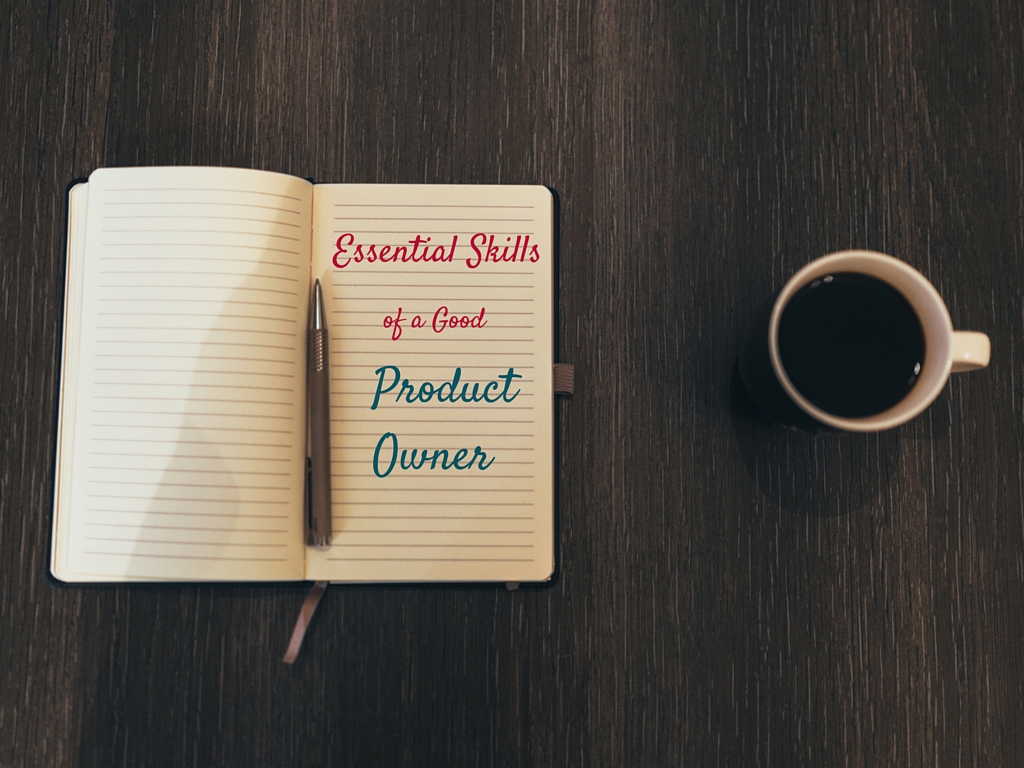The main stakeholder in every Agile Software Development Project is the Product owner. The product owner is one of the four roles in an agile team while other three are: Scrum Master, Scrum Team and Stakeholder. A customer or a stakeholder can also be a product owner.
A product owner is responsible for presenting a clear vision of the product. Grinding this vision into “When?” and “What?” is defined by planning a schedule, and comprehensible user stories. These elaborations of user stories have to be effectively prioritized so that they can help in estimations to present an evident timeline of the product. These key factors are crucial in aligning the teams to fulfilling the vision.
We have summed up the many traits and responsibilities of being a successful Product Owner into a list.
8 Essential Characteristics from being “Good” to be a “Best” Product Owner
Tweet
Product Owner Traits
In an agile team, a Product owner acts like a stakeholder and project manager simultaneously. A visionary who has developed planning skills, is proven as competent product owner.
- Product owner ensures to give ample room for the development to do their work as their input is valued by the development team.
- Introduces the cutting edge features of the product
- Is well aware of the phases of development
- Shares and communicates their feedback effectively so that it will lead the team to the success path.
- Understands, how to be Agile and realizes the fact that requirements will change with time and how to adapt the changes without breaking cadence of the team.
- Be Present in daily Scrum and Retrospective meetings, apart from required presence in sprint review meeting.
Product Owner Responsibilities
- Create and maintain the Product Backlog.
- Prioritize the features in the Backlog before Sprint.
- Helping the Scrum Master organize Sprint Review Meetings.
- Attend Sprint Planning meetings.
- Clearly communicate the Business Requirements to the team.
- Look out for market trends and get feedback from stakeholders or customers.
- Build and maintain a relationship with the stakeholders.
Common Mistakes made by Product Owners
- Multiple Product Owners — Too many cooks spoil the broth. Similarly having Multiple Product Owners is not a good idea because it leads to a lot of conflicting interests which create a very unfriendly environment.
- Stand-in Product Owner — Appointing another individual to become a Product Owner is not a good idea. The Product owner needs to be present themselves.
- Underpowered Product Owner — Product owners are vital for determining what the final product will have. That means they have some level of authority. It is necessary for them to exercise authority and be in charge.
- Overworked Product Owner — Product Owners tend to ignore their responsibilities when they have to attend to other activities. This makes them neglect their key responsibilities as a Product Owner.
Resources
Reading these books will be helpful in getting a grasp on becoming an efficient Product Owner.
- Do Better Scrum by Peter Hundermark
- This book is an insightful, lightweight and a free guide to start on being a Scrum Master.
- Essential Scrum by Kenneth S. Rubin’s
- A complete guide for all the team members, managers and executives. It provides a comprehensive description of core Scrum Values which is suitable for anyone who is either new or experienced in the field.

